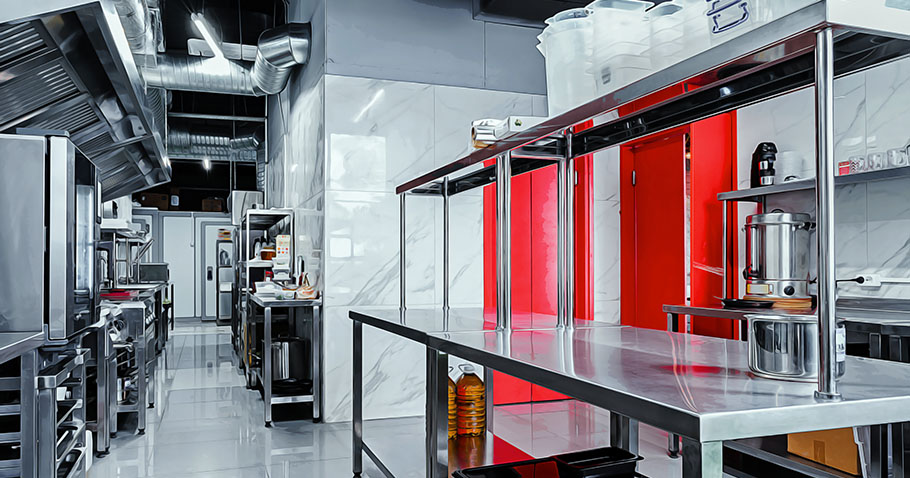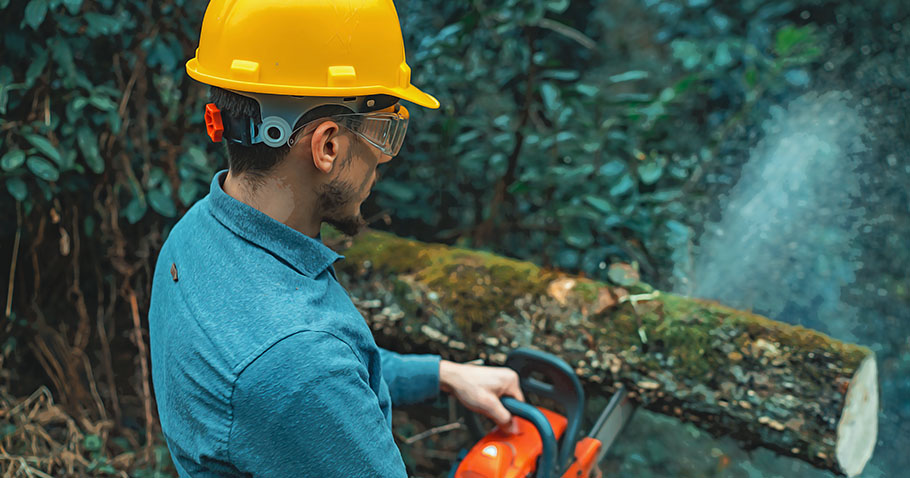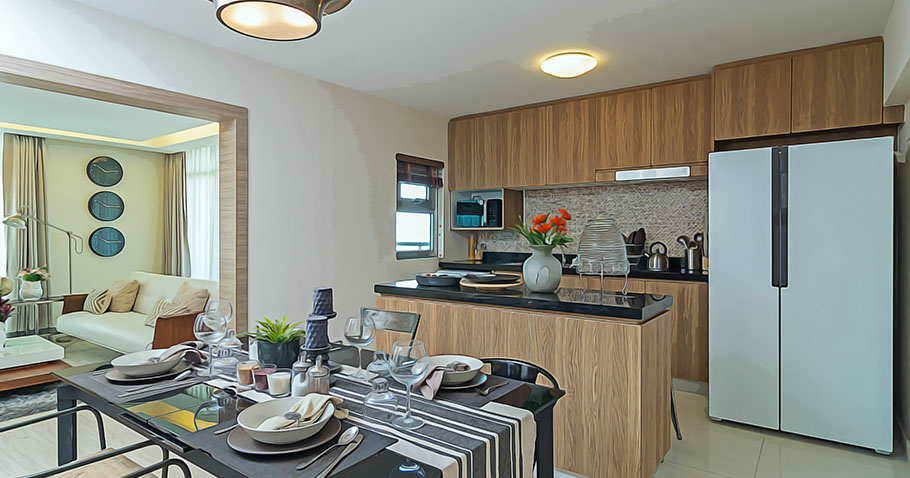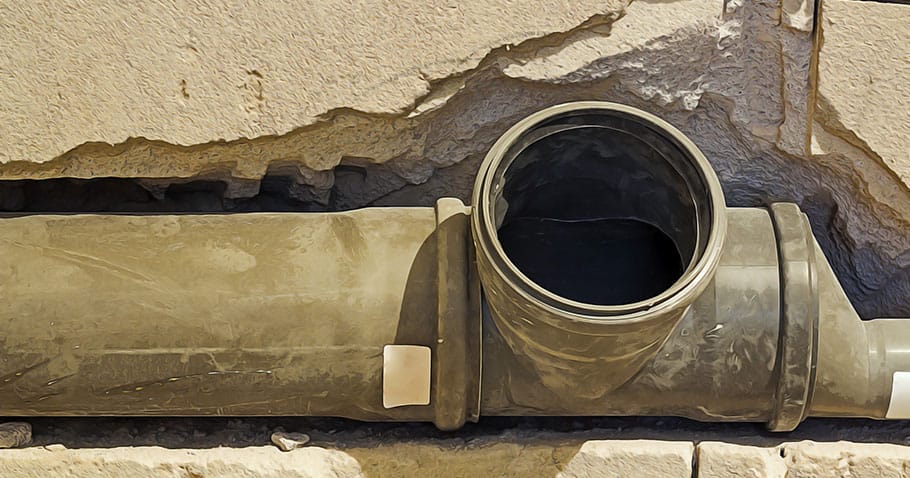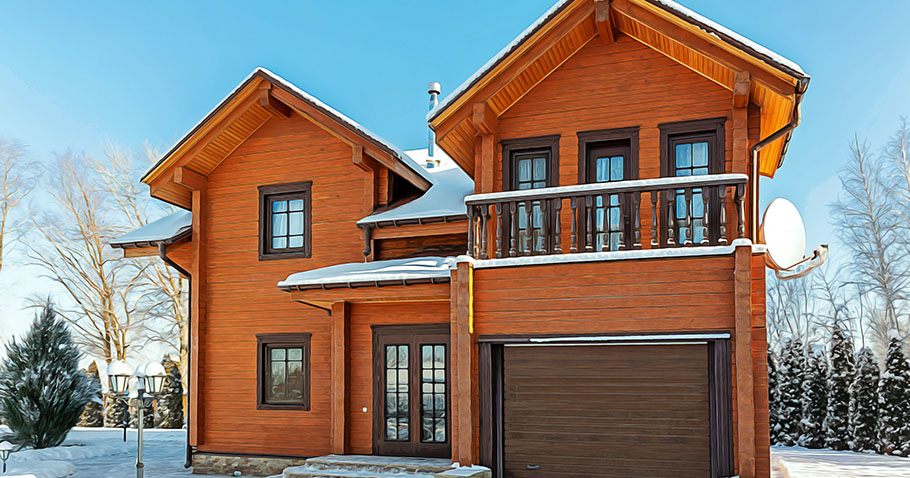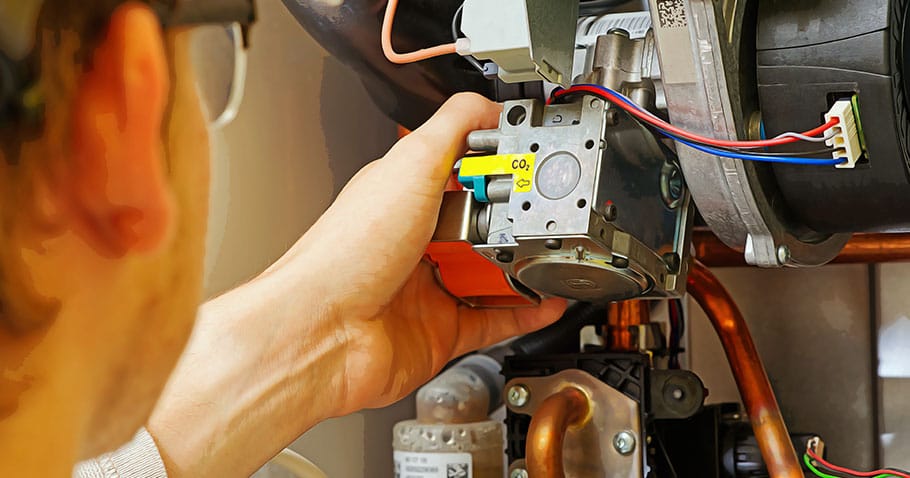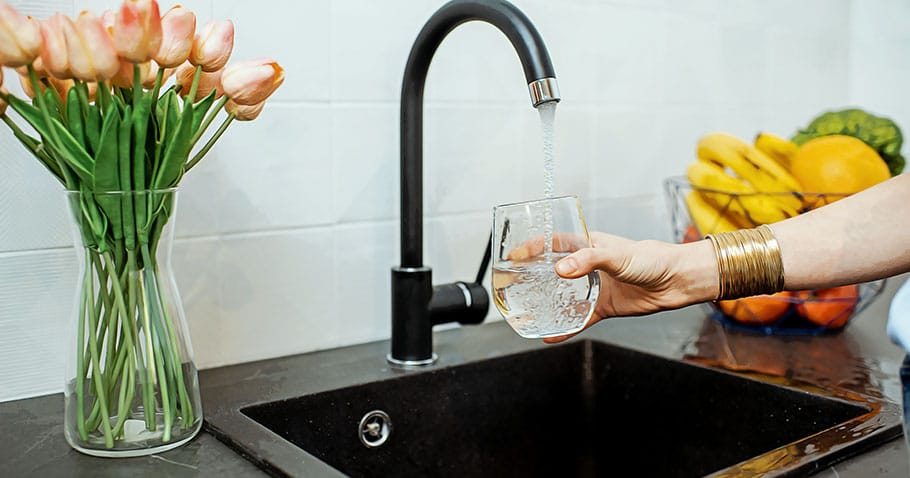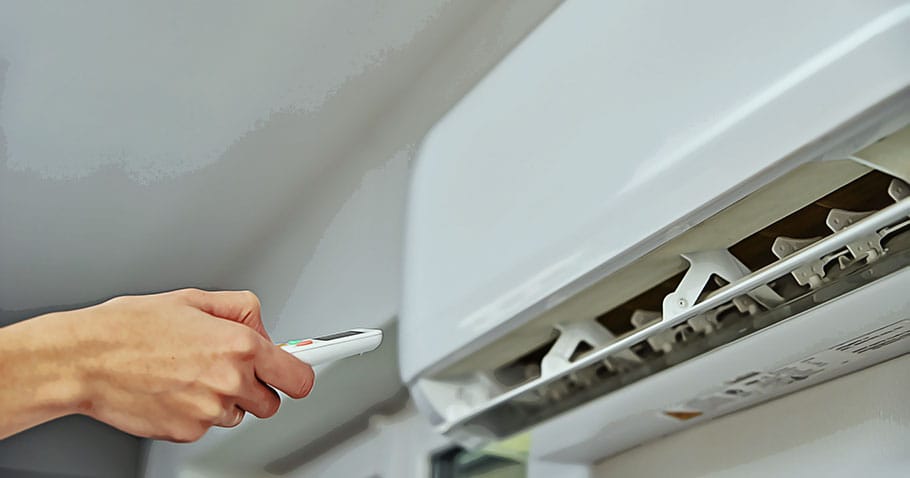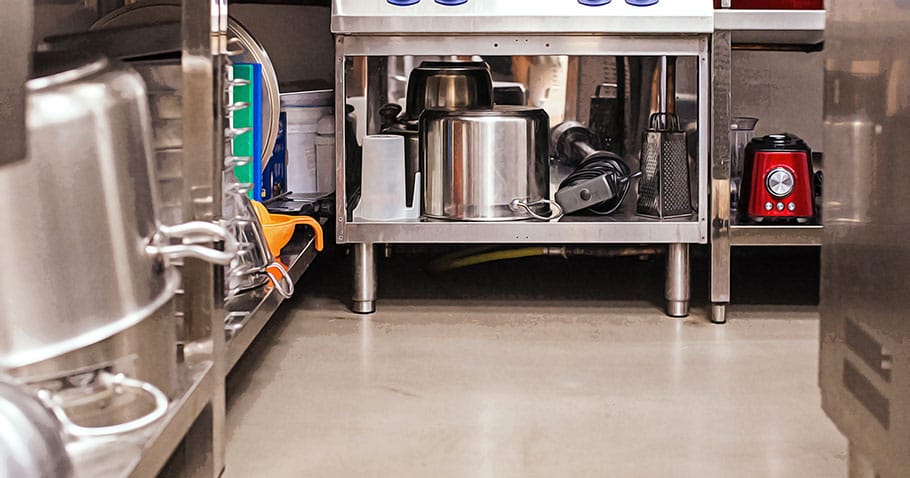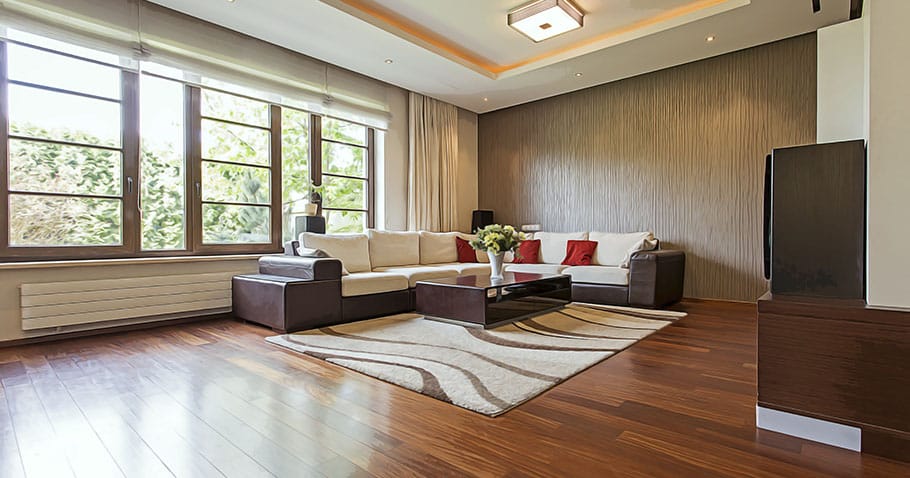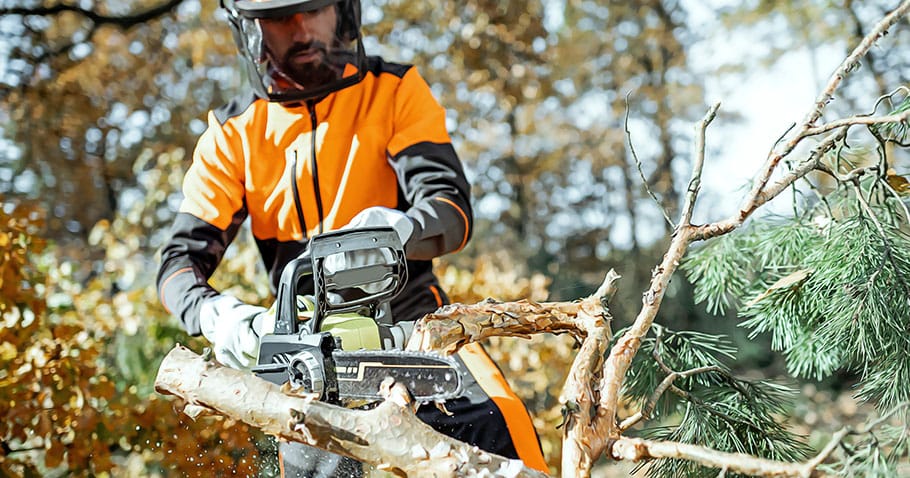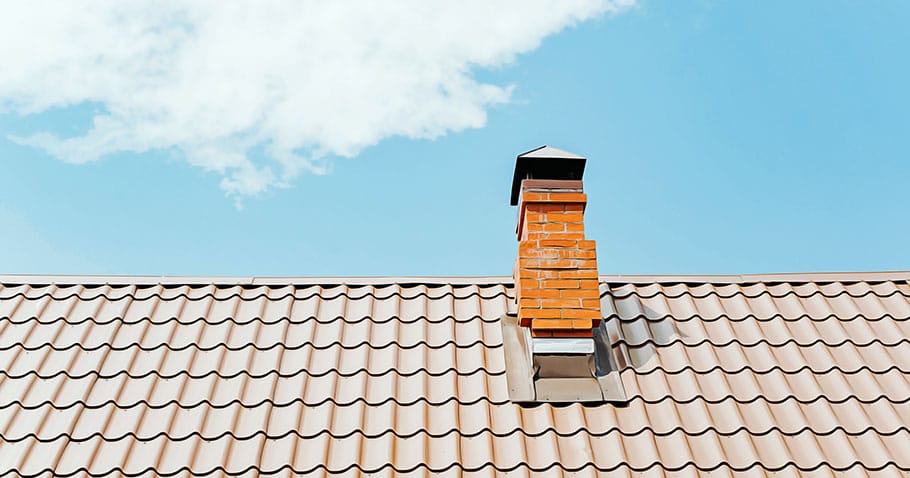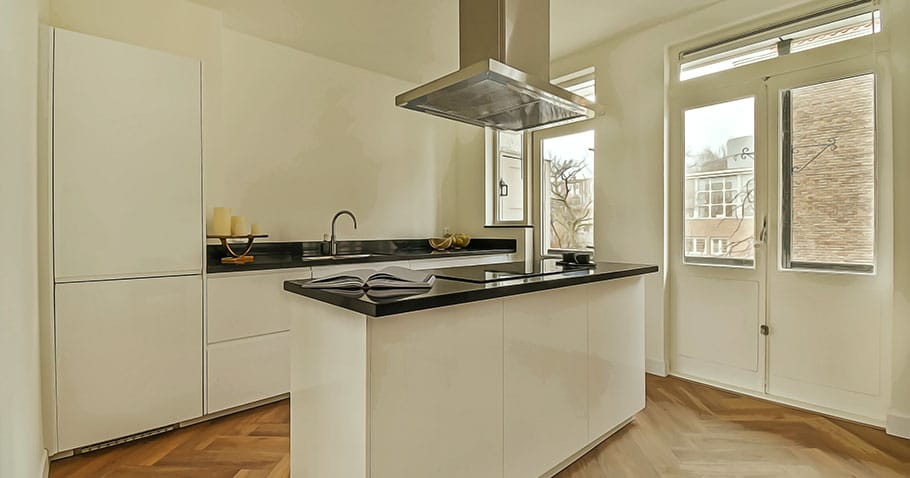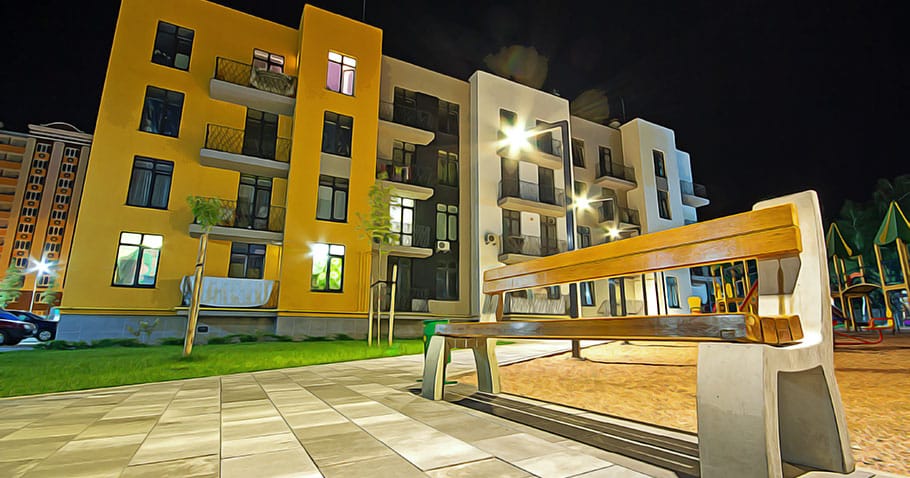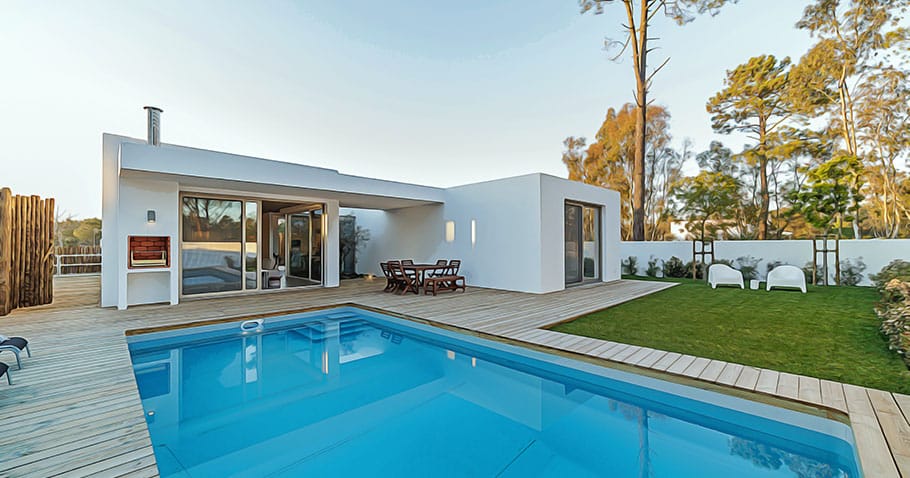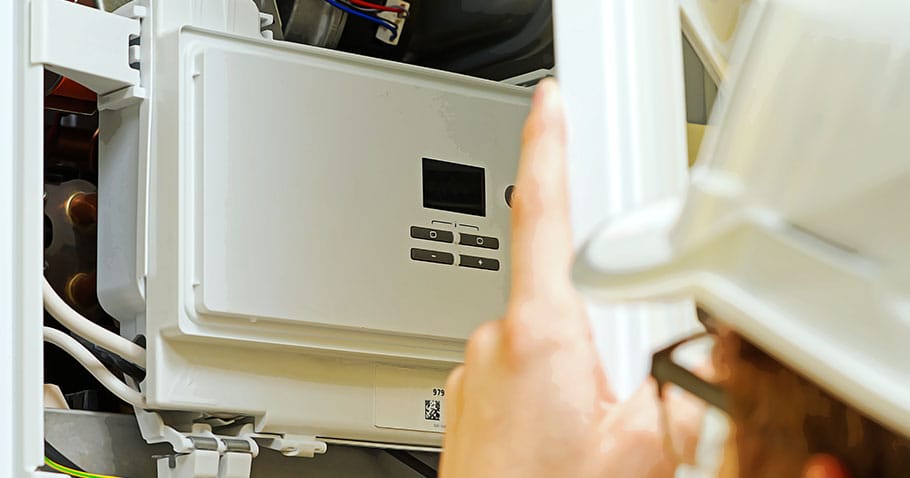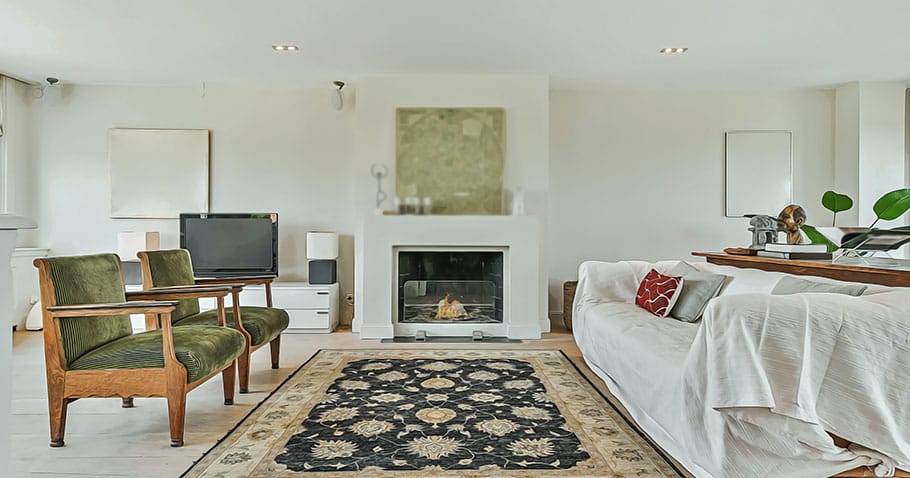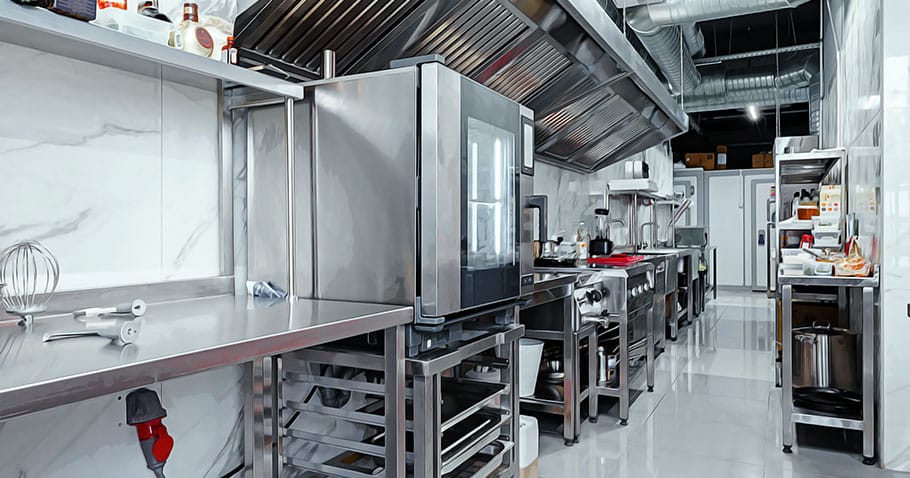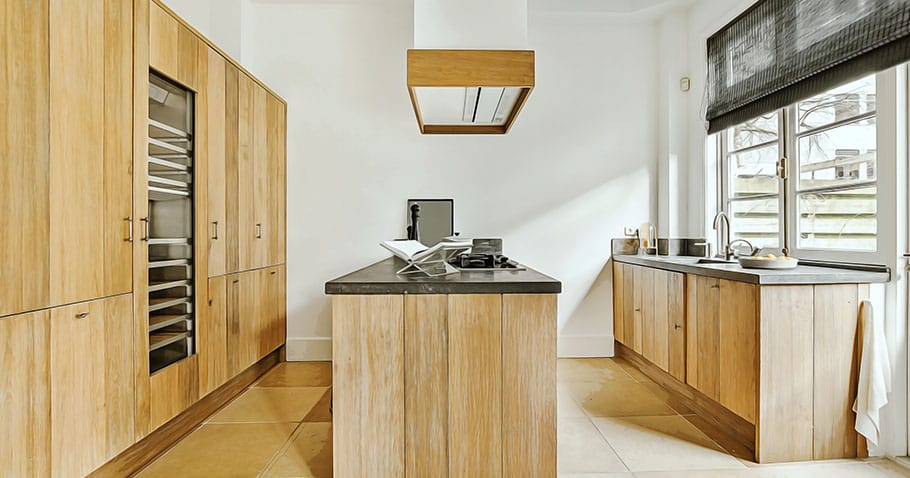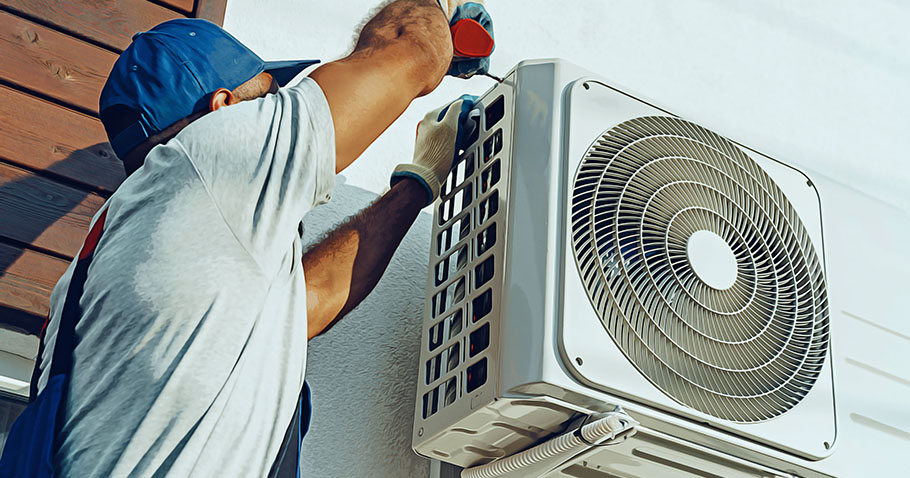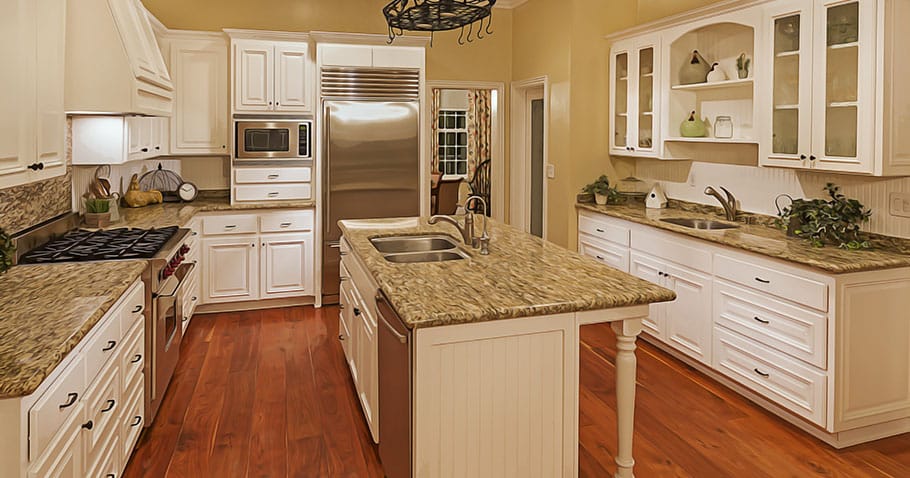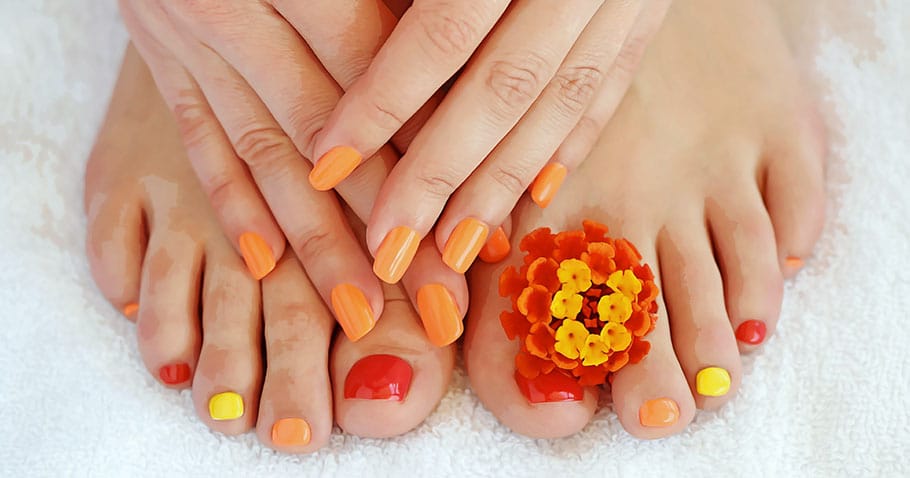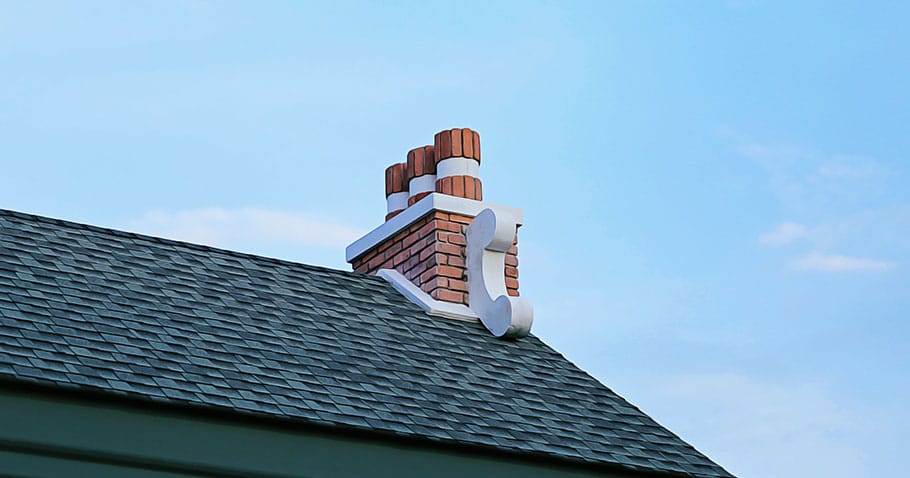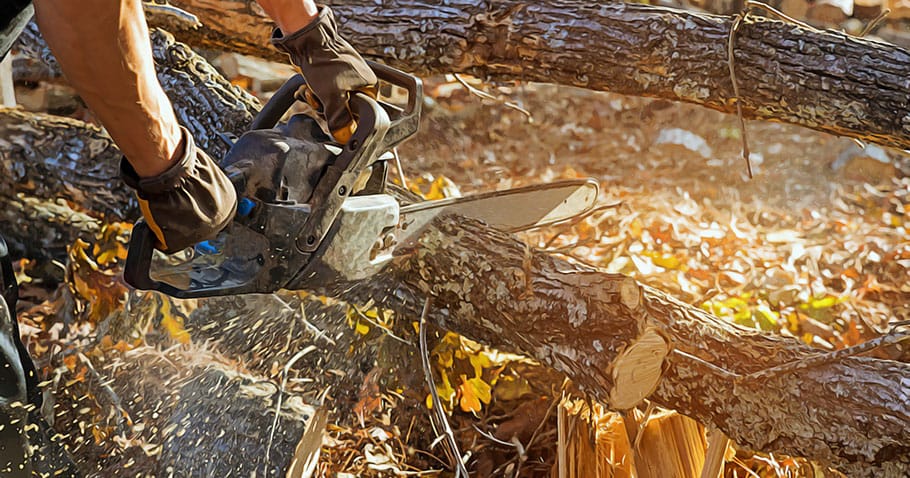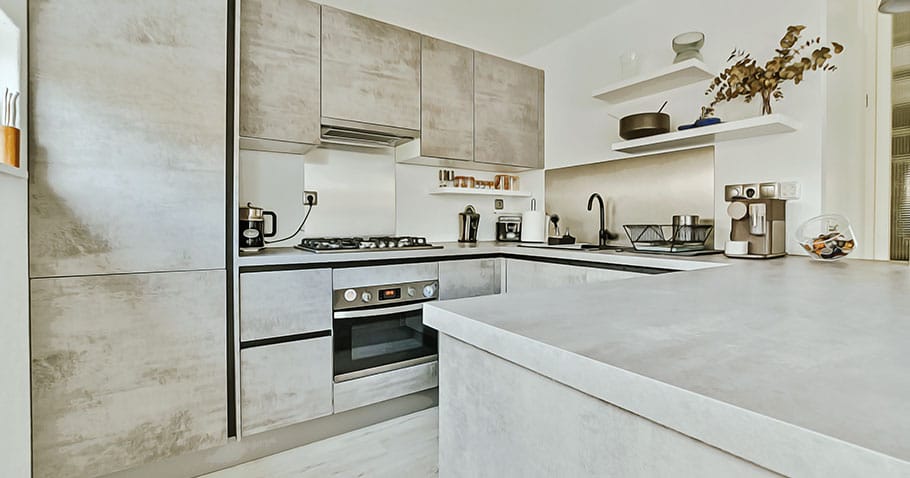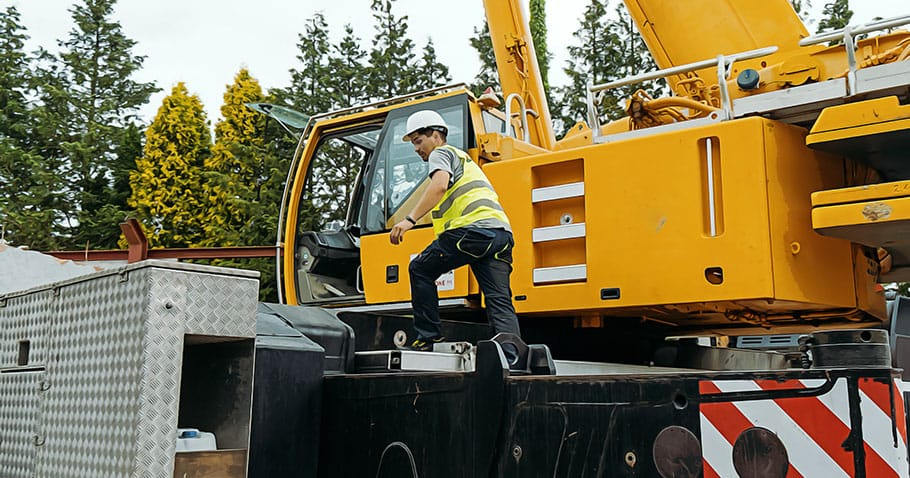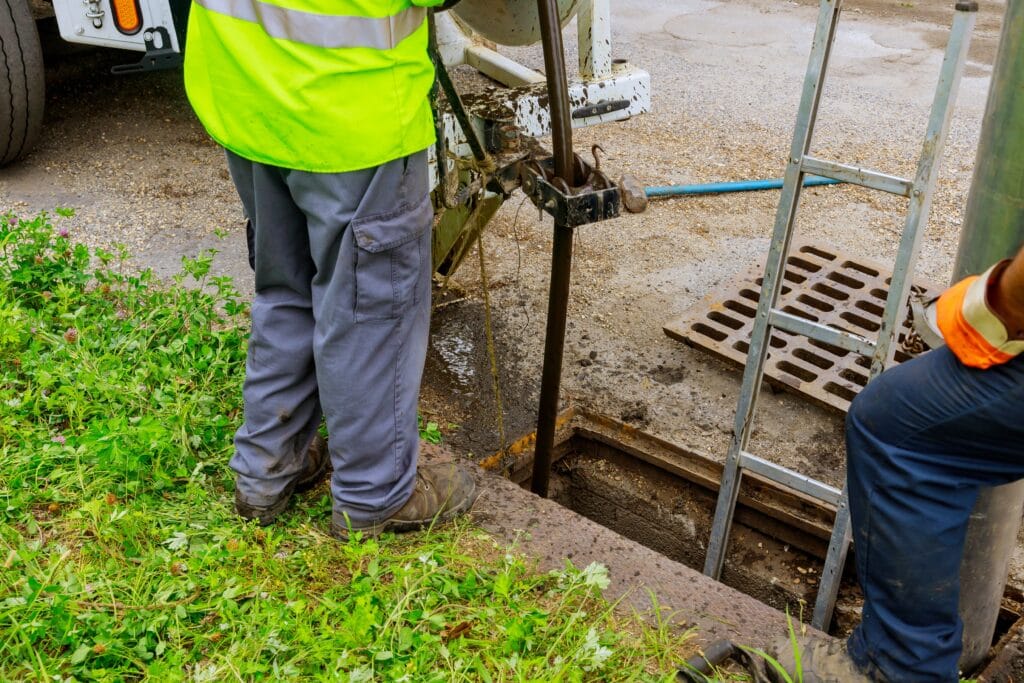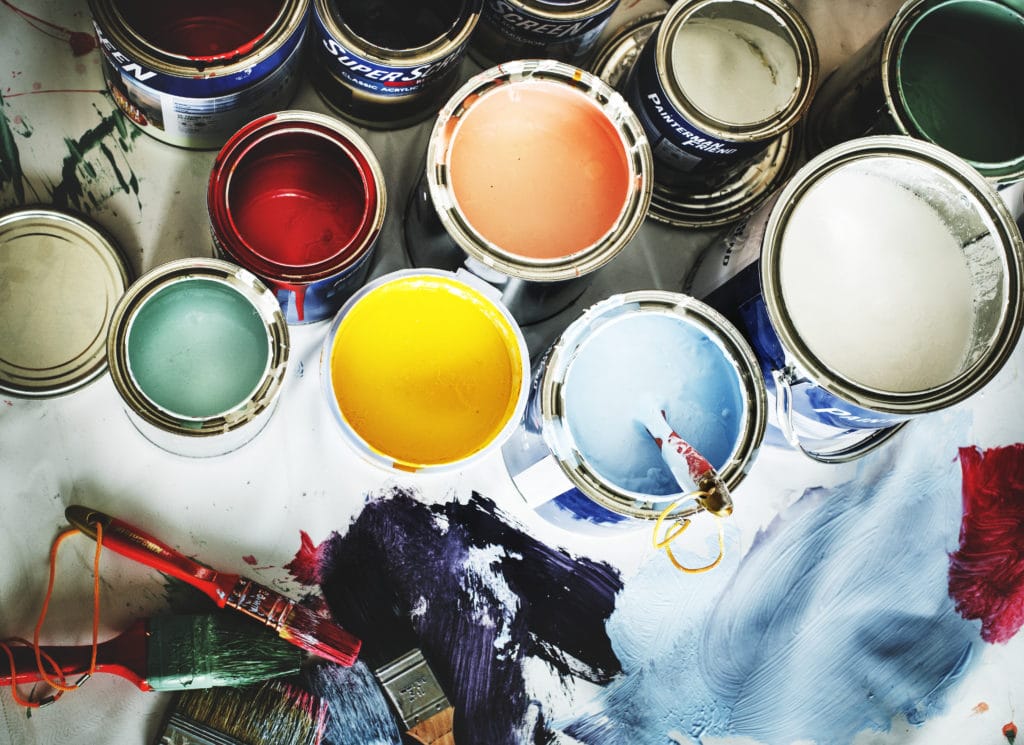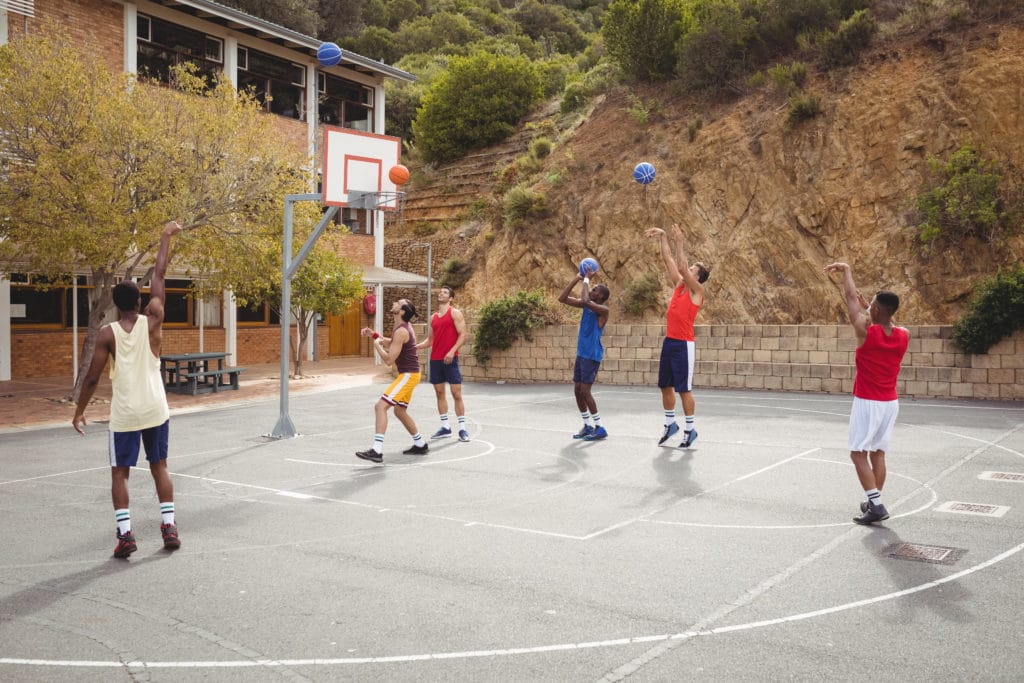How Do You Inspect A Granite Slab For Quality
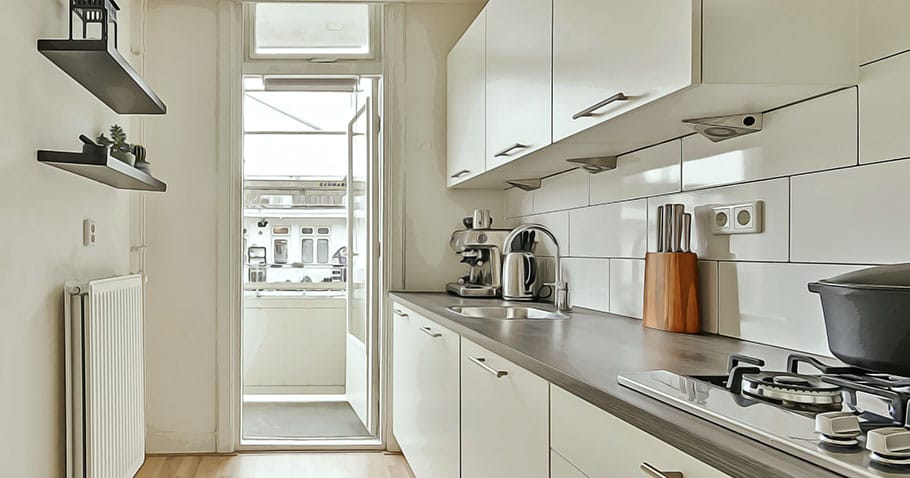
Granite is a popular material for kitchen countertops. There are many types of granite qualities out there and it can become difficult to select the right quality. If you don’t want to buy a fake granite or low-quality granite countertop, you should be equipped with some tests that you can do and things that you can check to determine the quality of a granite slab. A contractor can help you by showing the pricing of the granite slabs, but the rest is up to you so use these tips for checking the quality of granite countertops.
Checking Granite Quality
Grades Of Granite Slabs
Before you know how to differentiate between low-quality and high-quality granite, you should know about the grades of granite.
Level 1
This granite grade is also known as entry-level granite, commercial grade granite, and builders grade granite. It is the lowest or entry-level quality of granite that is pre-fabricated and thin. The thickness of level 1 granite is 3/8 inches.
As this granite quality is thin, you must use plywood under it to increase its durability and avoid cracks. They are commonly used in apartments and places where a budget-friendly granite slab is required.
However, keep in mind, that it is real granite and it appears beautiful even with standard designs and colors. Most level 1 granite slabs are sourced from China.
Level 2
Level 2 or medium-grade granite allows more colors and designs than level 2 and is also more costly. Most homeowners use level 2 granite slabs because they have unique patterns that granite is known for.
Moreover, level 2 granite slabs are thicker and more durable. Commonly, a granite slab is ¾ inches thick. They are sourced from India and Brazil.
Level 3+
Granite slabs from levels 3 to 7 are considered high-grade granite. They are unique colors and patterns that will be hard to ignore. Level 3+ granite slabs are sourced from Brazil and India.
You can find rare colors and patterns in this grade. However, the thickness of the slabs is ¾ inches. As you move up from level 3 to 7, the quality of granite keeps increasing.
Distinguishing Between Fake, Low-Quality, And High-Quality Granite
Cost
Looking at the cost of granite slabs is easy to distinguish between fake, low-quality, and high-quality granite. However, using the cost rule for determining the quality of granite can backfire if the seller is not honest with you. Some sellers can try to sell low-quality granite at the price of high-quality granite.
Therefore, don’t rely on the cost alone to give you everything you need to know about the quality of granite slabs.
Appearance
Checking the appearance of granite slabs is tricky because all of them look beautiful. So, you should look closely and check if there are any small chips, spots, cavities, holes, or unevenness. These problems show that the slab wasn’t cut with care or the stone itself is of low quality.
Therefore, if you find any deformity, it’s either low-quality granite (grade 1) or faux granite (fake granite).
Moreover, if you want to distinguish between fake and real granite, the appearance can help there as well. If you see the exact pattern throughout the granite slab, it is probably fake granite because real granite’s patterns don’t stay exactly the same even in the same slab. Moreover, if you see two granite slabs with the exact same patterns, they are fake granite.
Origin Of The Granite Slab
Knowing the origin of a granite slab can help you know what to expect about the quality of the slab. For instance, entry-level granite slabs are imported from China while medium-level and high-level granite slabs are sourced from Brazil, Italy, and other countries.
However, it’s also possible that slabs from China are medium or high level. But given the labor cost in the country, the price of the same slab sourced from China will cost lower than the slab imported from Italy.
So, if you want to buy medium or high-level granite slabs at a lower cost, try to buy slabs that are sourced near your city or country because it will reduce the transportation charges which will in turn reduce its price.
This is why we mentioned earlier that you should not rely solely on the price of granite to check its quality.
Porosity Of The Granite Slab
This is a helpful way to distinguish between fake granite, low-quality granite, and high-quality granite. You can test the porosity of granite by pouring a tiny amount of water on the surface.
Granite is porous, but high-quality granite resists water absorption and it takes time to absorb anything while low-level granite absorbs water or moisture quickly. So, if the water is absorbed quickly, you’re looking at low-quality granite and if it takes longer to absorb water, it’s high-quality granite.
On the other hand, there are two different things to know if you suspect that the slab is fake granite. If the fake granite is made of synthetic materials, it won’t absorb water at all. But if it’s a low-quality natural stone, it will absorb water quickly.
Keep in mind that when granite is sealed, it doesn’t absorb water as well. But sealing is done after the installation of a granite slab in a kitchen or bathroom by granite installers Rockville.
To sum it up, if a granite slab is not absorbing water at all, it’s fake granite. However, if it’s absorbing water too quickly, it can be low-quality granite or fake granite.
Thickness
The thickness of granite slabs affects their durability. Thin slabs can crack or break much more easily than thicker granite slabs. So, check the thickness and make sure that it is more than ¾ inches. Preferably, you should select granite slabs that have a thickness of over 1 inch.
Polish Of The Granite Slab
High-quality granite slabs get high-quality polish as well. The opposite is true for low-quality granite. So, take a coin and gently scratch a less-visible part of the granite slab. If the slab scrapes, it has low-quality polish and the surface will be cracked and scratched easily with use.
Color
High-quality granite slabs have unique and beautiful colors and patterns that don’t need coloring. However, low-quality granite or any other low-quality natural stone or synthetic material can be colored to appear like high-quality granite.
Therefore, you should do a color test to know the color of the granite slab you’re seeing if it’s the real color or if it’s been colored to hide the real, unattractive color.
For this, dip a piece of cloth in alcohol and rub it on the slab. Then, do the same with a kerosene-dipped cloth. If the slab discolors, you’re looking at fake or low-quality granite.
Uniformity In Thickness
Check closely all along the edges of the granite to find any uneven or non-uniform thickness. A high-quality granite slab should have a uniform thickness. Moreover, look for bends as well because they denote low-quality granite or slabs that were cut too thin. Never buy slabs that are bent or unevenly thick.
Conclusion
If you’re spending top dollar, you should get high-quality granite as your kitchen countertop or island. To ensure this, check the above-mentioned things and buy granite slabs from trustworthy granite contractors Rockville and also let them install the slabs safely in your kitchen to avoid cracks and improper installation.


